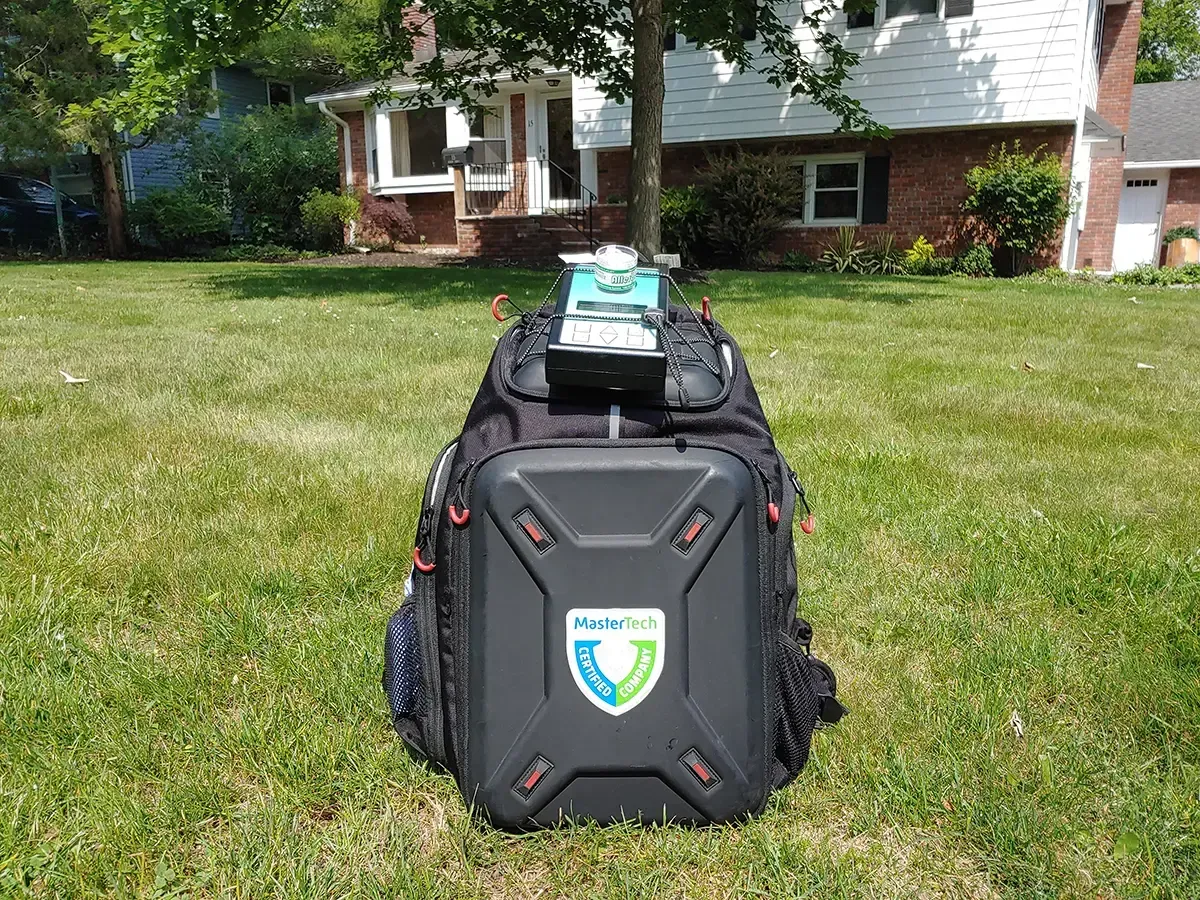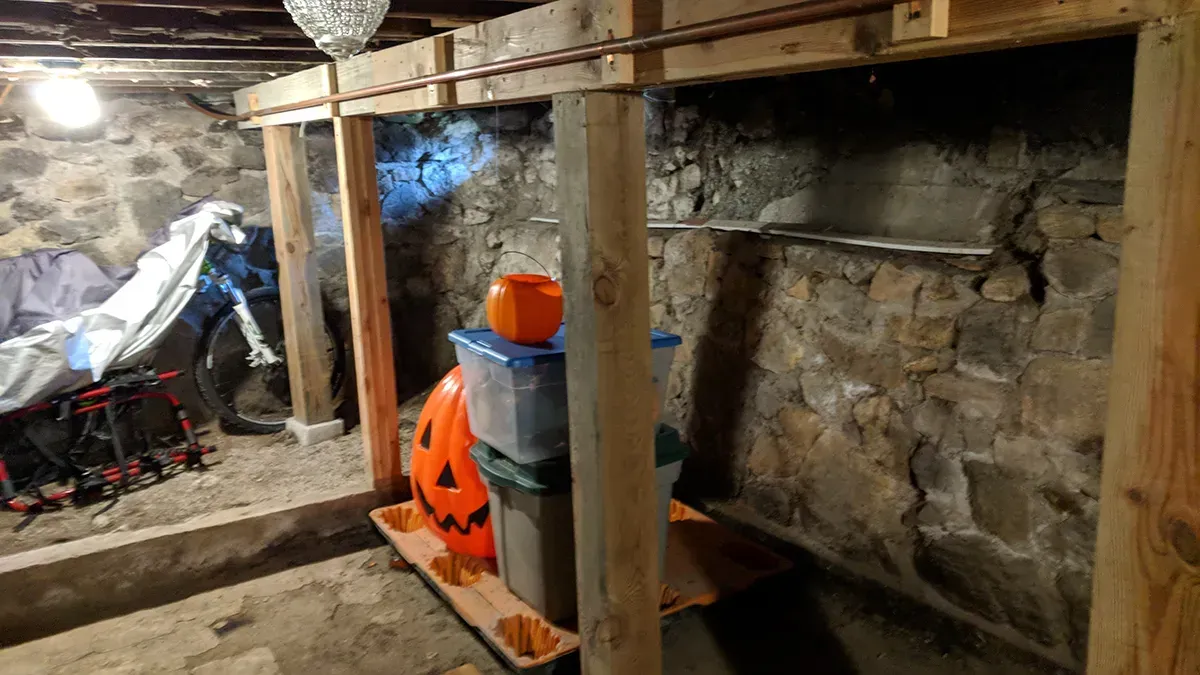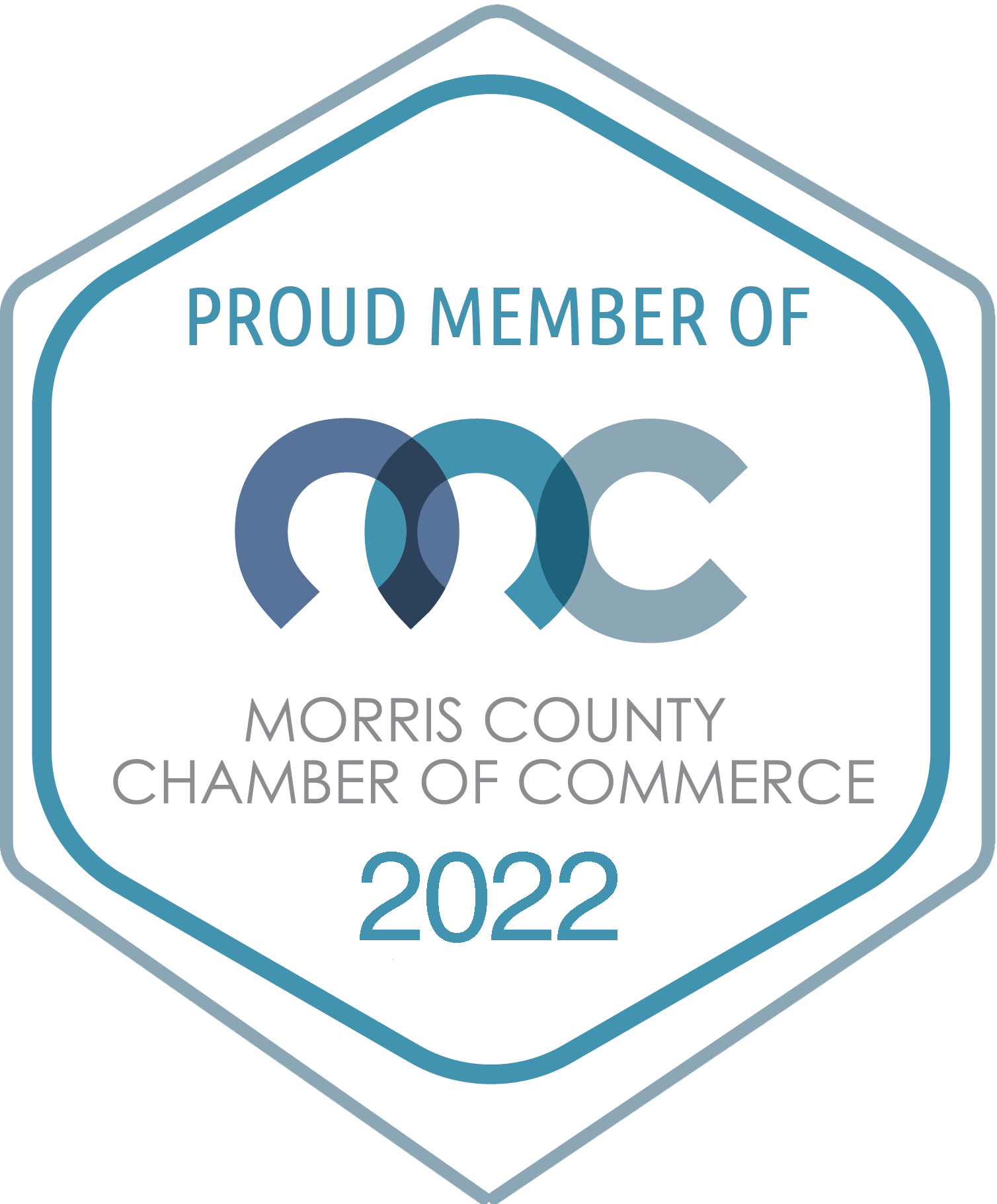Why Mold Inspection in New Jersey is Important

In the fight against mold, prevention is key. Maintaining low humidity is fundamental in preventing mold growth in your home. The CDC recommends keeping indoor humidity levels below 50%, as high humidity can create an ideal environment for mold to flourish. This can be achieved using air conditioners and dehumidifiers, particularly in hot and humid climates or during damp seasons. It's also beneficial to regularly check the humidity levels with a hygrometer to ensure they stay within the recommended range. In addition to mechanical means, simple actions like ventilating your home by opening windows when weather permits, especially after activities that generate moisture, like cooking or showering, can significantly help maintain lower humidity levels. These proactive steps are essential in creating a home less likely to experience mold growth, thereby protecting the health and integrity of your living space.
Ensuring proper ventilation in your home is a crucial measure for preventing mold, as highlighted by the CDC. Effective ventilation helps to reduce the moisture levels indoors, a critical factor in mold control. This is especially important in areas of your home, like kitchens and bathrooms, where moisture is frequently generated. Installing and using exhaust fans that vent outside, not just into an attic or indoor space, can significantly reduce moisture accumulation. This strategy, combined with opening windows when possible, aids in keeping the indoor environment dry and less conducive to mold growth.
It's essential to fix any leaks in your home's roof, walls, or plumbing as soon as they are detected. This immediate response is vital because even small leaks may lead to mold growth. Regular inspections for leaks and quickly addressing any signs of water damage can significantly reduce the risk of mold. You can maintain a drier and healthier living environment by staying vigilant and proactive about leaks.
In the event of flooding, it's imperative to act quickly to prevent mold, as emphasized by the CDC. The first 24-48 hours are critical for drying out affected areas. This rapid response limits moisture absorption and hinders mold's ability to establish itself. It involves using fans, dehumidifiers, and other drying methods to remove as much moisture as possible. Additionally, it's essential to clean and disinfect the area to prevent mold from taking root. Prompt and thorough action after flooding is key to keeping your home mold-free.
Using mold inhibitors and cleaners is an effective strategy for preventing mold growth. The CDC advises adding mold inhibitors to paints before application, especially in moisture-prone areas. Regular cleaning of damp areas, such as bathrooms, with mold-killing products also plays a crucial role. This proactive approach helps prevent mold from establishing itself. Replacing absorbent materials like carpets in high-moisture areas can further reduce the risk. Combining prevention and regular maintenance is critical to a mold-free environment.
Mold in homes is a prevalent issue that requires a multifaceted approach for effective management. While proactive steps such as maintaining low humidity, ensuring proper ventilation, and promptly addressing leaks are critical, mold's pervasiveness calls for an even more diligent and comprehensive strategy. The various factors contributing to mold growth, including environmental conditions and building materials, make it a challenging problem. By recognizing the complex nature of mold and its tendency to appear even in well-maintained environments, homeowners can better appreciate the necessity of continuous vigilance and regular preventive measures to protect their homes and heal.
Important Mold Facts
- Prevalence in Homes: Approximately 70% of homes contain some form of mold. This high incidence rate underscores the ubiquity of mold in residential settings and the need for regular monitoring and maintenance.
- Health Implications: Mold exposure, particularly in damp environments, is closely linked with respiratory issues. The Mayo Clinic reported in 1999 that 93% of chronic sinus infections could be attributed to mold.
- Economic Impact: Mold remediation can be costly. The U.S.'s economic impact of mold-related infections is estimated to be around $5.6 billion annually, while asthma-related costs add another $16.8 billion.
- Mold in Specific Areas: Studies indicate that many basements, bathrooms, and bedrooms have mold presence. For instance, only 8% of tested basements were mold-free.
These statistics highlight the widespread nature of mold in residential environments and its significant impact on health and the economy. Regular mold prevention measures are essential to safeguard against these risks.
Why is Mold so Difficult to Remove?
Mold in homes is more likely to grow in places that are not easily visible. This is because mold thrives in damp, dark, and poorly ventilated areas, often hidden from view. Common hidden areas where mold can grow include behind walls, under floors, in attics or basements, and around plumbing fixtures. These areas may have moisture problems due to leaks, condensation, or poor ventilation, creating an ideal environment for mold to flourish.
Visible mold growth, while easier to detect, usually indicates a more significant underlying issue. For example, if mold is visible on a wall or ceiling, a larger mold colony often grows on the other side of that surface in areas out of sight. This means mold may have already established a substantial presence in less visible areas by the time it becomes visible.
Therefore, regular inspections of potential mold hotspots, especially in hidden areas, are crucial for early detection and prevention. Addressing moisture issues, ensuring proper ventilation, and promptly fixing leaks are key strategies in preventing mold growth in a home's visible and hidden areas.
Why Mold Testing and Inspection Matters
Mold testing and inspection are crucial components in the overall strategy for managing mold in homes, especially considering the challenges posed by its prevalence and the potential for hidden growth.
- Early Detection: Since mold often grows in hidden places, regular mold inspections are essential for early detection. Professional mold inspectors are trained to identify potential mold hotspots and use specialized equipment to detect mold growth, even in areas not immediately visible to homeowners. Early detection can prevent larger infestations and reduce the health risks and remediation costs associated with mold.
- Identifying the Mold Type: Mold testing can determine the specific type of mold present in a home. This is important because different types of mold have varying levels of health risks and may require different remediation approaches. For example, some molds are more allergenic or toxic than others, and knowing the mold type can help you make informed decisions about necessary actions.
- Assessing the Extent of Infestation: A thorough mold inspection can assess the extent of the mold problem. This helps in planning the remediation process effectively. Understanding how widespread the mold is, whether confined to a surface area or penetrated into building materials, is crucial for effective remediation.
- Guiding Remediation and Prevention Efforts: The findings from mold testing and inspections can guide homeowners in taking appropriate remediation steps. They can also provide insights into the underlying causes of mold growth. Common causes are moisture problems, leaks, or inadequate ventilation.
- Health and Safety Considerations: For individuals with allergies, asthma, or other respiratory conditions, knowing the presence and type of mold can be essential for health and safety. It helps in taking necessary precautions and medical steps to mitigate adverse health effects.
- Post-Remediation Verification: After mold remediation, testing and inspection, ensure all mold has been successfully removed and that the indoor environment is safe. This provides peace of mind and confirms that the living space is healthy again.





